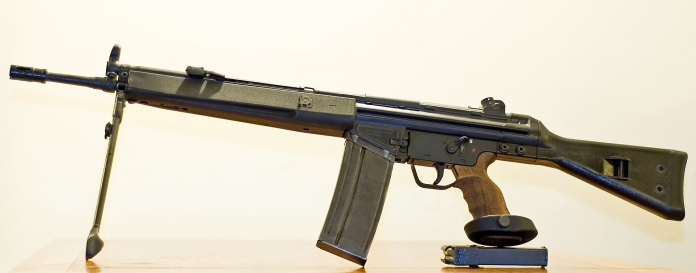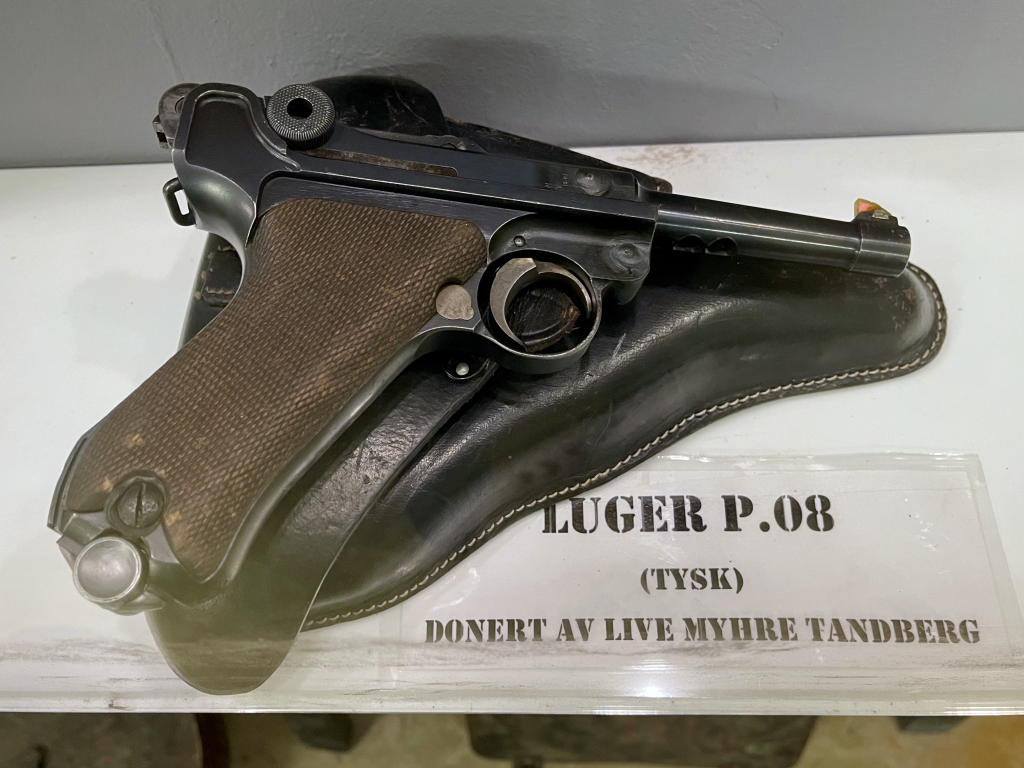
“The past is a foreign country; they do things differently there.” These words of L.P. Hartley might serve as well to describe the universe of military firearms as to characterize human memory. In the world of collecting, certain weapons are not so much instruments of war they are concrete objects of creativity, need, and national will. This month’s warehouse picks combine three such pieces, each with a history that extends past its metal and finish. From a World War II-era Pennsylvania rail-signal factory forced into pistol production, to a German sidearm created out of the lessons of an act of terrorism, to a Cold War-era rifle variant so rare it barely saw the assembly line, these guns represent the convergence of history, engineering, and scarcity.
To the collector, they are simply of greater significance. They are mechanical testaments to the demands of their times, created to serve immediate purpose and, thereby, leaving behind their legacies to last long after their service had ceased.
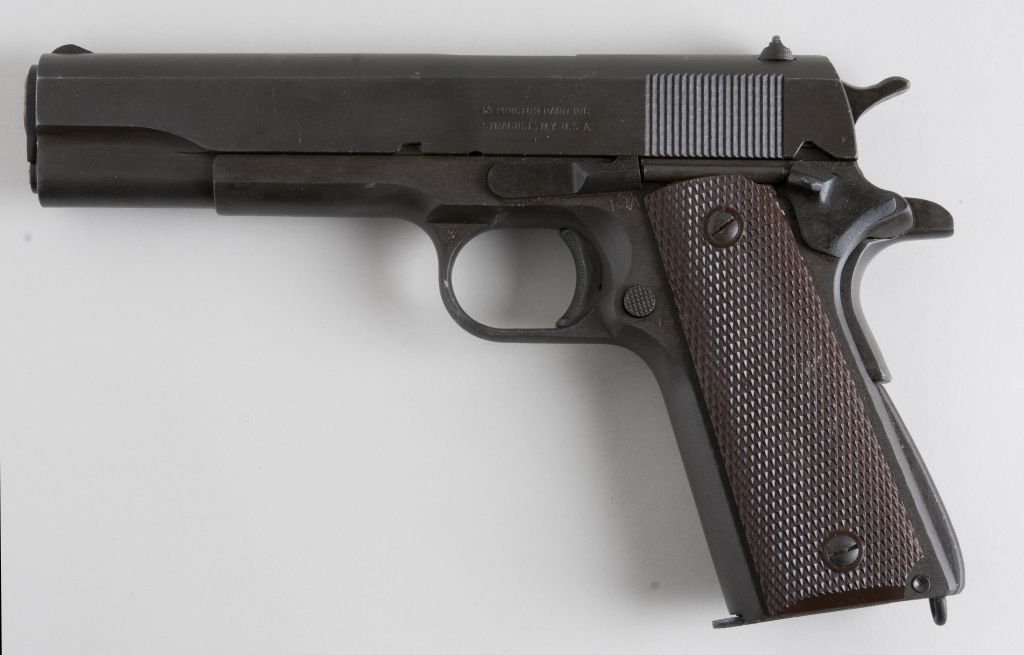
1. Union Switch & Signal M1911A1 – The Railroad Maker’s Wartime Pistol
In 1942, Union Switch & Signal of Swissvale, Pennsylvania most famous for railroad switching and signaling hardware was awarded a contract to manufacture 200,000 M1911A1 pistols. That order was subsequently cut to 55,000 units, all delivered by November 1943, making US&S the second-rarest wartime manufacturer following Singer’s 500-unit production. According to Hallock’s * .45 Auto Handbook*, “This is one of the scarce models.”
The John Browning-designed M1911A1 had already seen service in mud, sand, and snow. US&S models bore the “United States Property” and “U.S. Army” stamp, but its charm is the unlikely combination of railroad engineering and sidearm manufacture. Based on wartime production records, these pistols were constructed using both in-house and subcontracted components to meet the Army’s high interchangeability requirements. Today, original-surplus specimens draw lots of attention. Rarities, along with the company’s short history with firearms, put them firmly in the upper tier of U.S. service pistol collectibles.
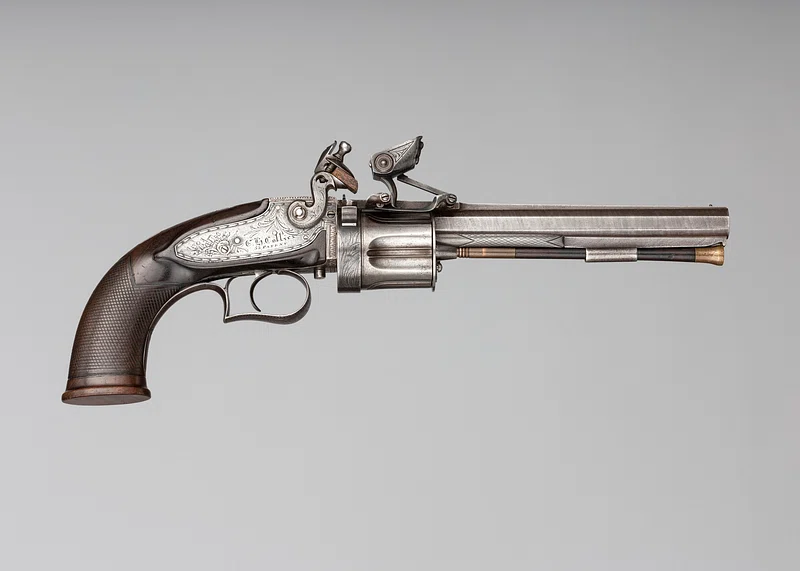
2. Period Ammunition Meets Period Sidearm
Collectors fantasize about mounting a vintage firearm with its original ammunition. In one case that has been documented, a US&S M1911A1 was shot with a sealed 600-round “Spam Can” of .45 ACP that had been repacked in July 1944. The outcome was instructive: an average velocity of 820 fps with an extreme spread of only 36 fps impressive for ammunition near eight decades old.
The exercise confirmed the strength of wartime production. The trigger, snapping at 4.5 pounds, provided sharp control, and although the pistol’s low-profile sights restricted accuracy at range, the pairing of era gun and era ammunition reaffirmed faith in the U.S. wartime supply system. As one commentator saw it, such combinations provide “a pretty good picture” of how these weapons performed in the intended environment.
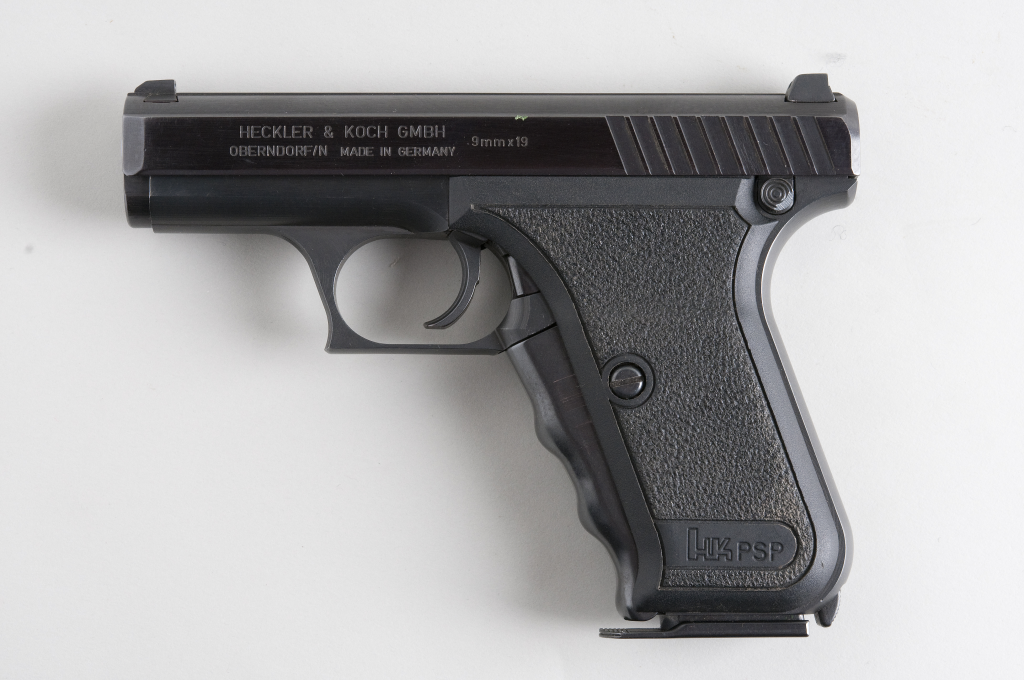
3. Heckler & Koch P7 – A Squeeze-Cocking Solution to Tragedy
H&K P7 has its origins in the wake of the 1972 Munich Olympic Massacre, when German police were looking for a safer, more powerful sidearm than their .32 ACP Walther PP. Made available in 1976 as the PSP (*Polizei-Selbstladepistole*), and adopted by elite units by 1978, the P7 sported a single-stack 9mm magazine and innovative frontstrap “squeeze-cocker.”
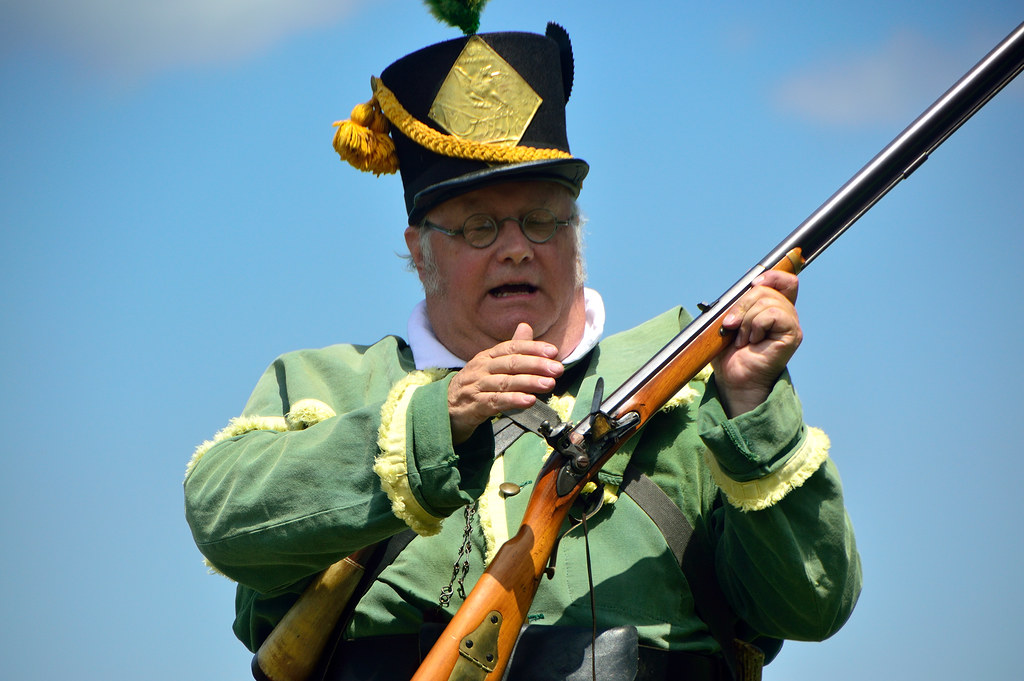
As *American Rifleman* described, “The cocking lever cocks the hammer and functions as a decocker, grip safety and slide release.” It took 13 pounds of initial pressure, then only 1.5 pounds to hold, permitting one-handed use without external safeties. Its gas-delayed blowback reduced recoil, and polygonal rifling enhanced barrel life.
Production ceased in 2008, but the P7’s blend of safety, velocity, and engineering innovation puts it among the greatest collectible of today’s service pistols. Better-preserved copies sell for more than $2,000, with best-condition pieces bringing twice as much.

4. From G3 to H&K 41 – The Reservist’s Rifle
At first sight, the H&K 41 looks like the ubiquitous G3 battle rifle. In fact, it is a semi-automatic version developed in 1964 for West German reservists who serve in the military. Chambered in 7.62 NATO, it provided civilians and ex-military with a rifle practically identical to the Bundeswehr’s service rifle to train with.
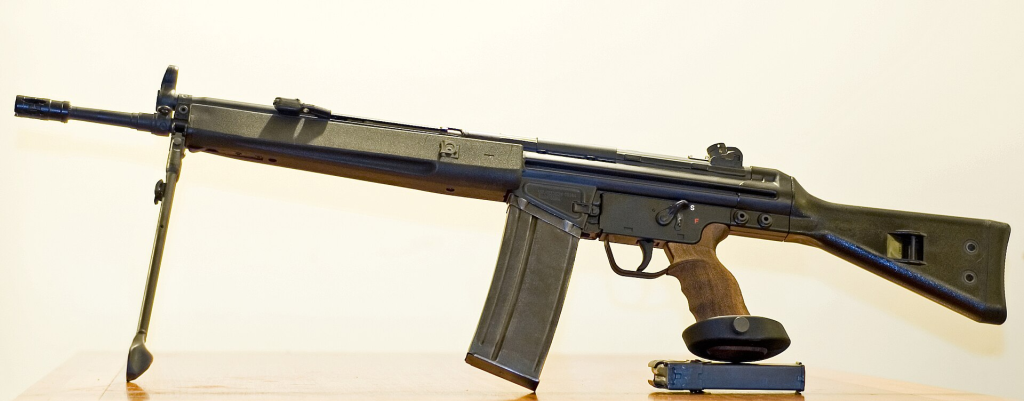
In H&K terminology, the “4” refers to a paramilitary contract and the “1” the caliber. The *Reservistengewehr*, as it was known, carried over the G3’s roller-delayed blowback mechanism, which was well-known for reliability in poor conditions. In Cold War production figures, only some 400 were produced, of which very few were sold into the United States. One recorded example, previously mistaken and sold as an H&K 91 for $87.55, is now over 100 times more valuable. Including original stocks, handguards, bipod, and sling, these rifles are among the most unusual H&K collectibles.

5. The G3 Legacy and the 41’s Place Within It
The H&K G3, adopted by West Germany in 1959, became one of the most widely used battle rifles in the world, licensed in over a dozen countries and fielded by more than 80 national armies. Its roller-delayed blowback action, derived from late-war German experiments and refined via Spain’s CETME program, offered durability and simplicity unmatched by many contemporaries.
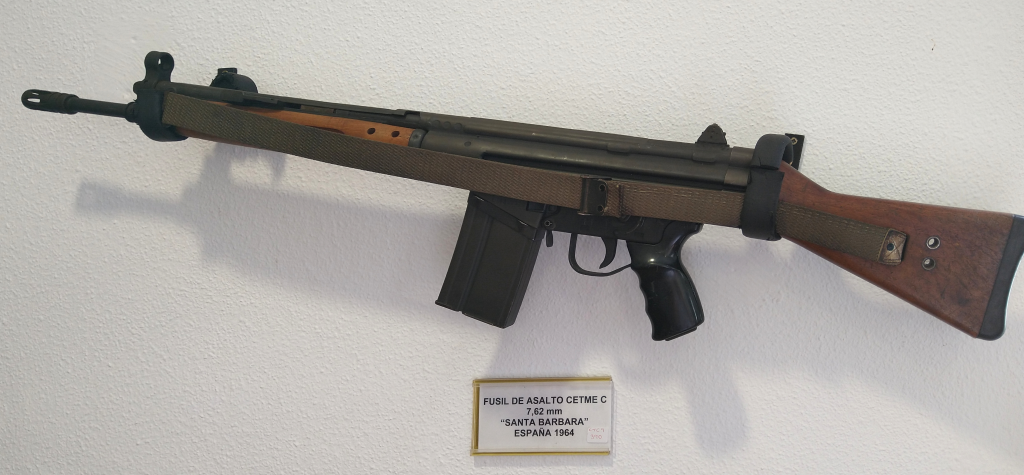
Although the FAL was more popular in its early days, the G3’s durability and versatility have seen it remain in operation longer. The H&K 41, as a civilian spin-off, benefits from this lineage but introduces rarity through its infinitesimal production volume. To collectors, it presents both the engineering heritage of the G3 and the rarity that creates value in the marketplace.

These three weapons each child of a unique moment in history illustrate how circumstance, innovation, and necessity can come together to create guns of lasting fascination. Whether hammered out during the exigency of world war, national security policy redefinition, or the background preparation of a Cold War reserve component, they are now mechanical reminders of their eras. For the collector, they are purchases, yes, but also links to the complicated history of the 20th century.
